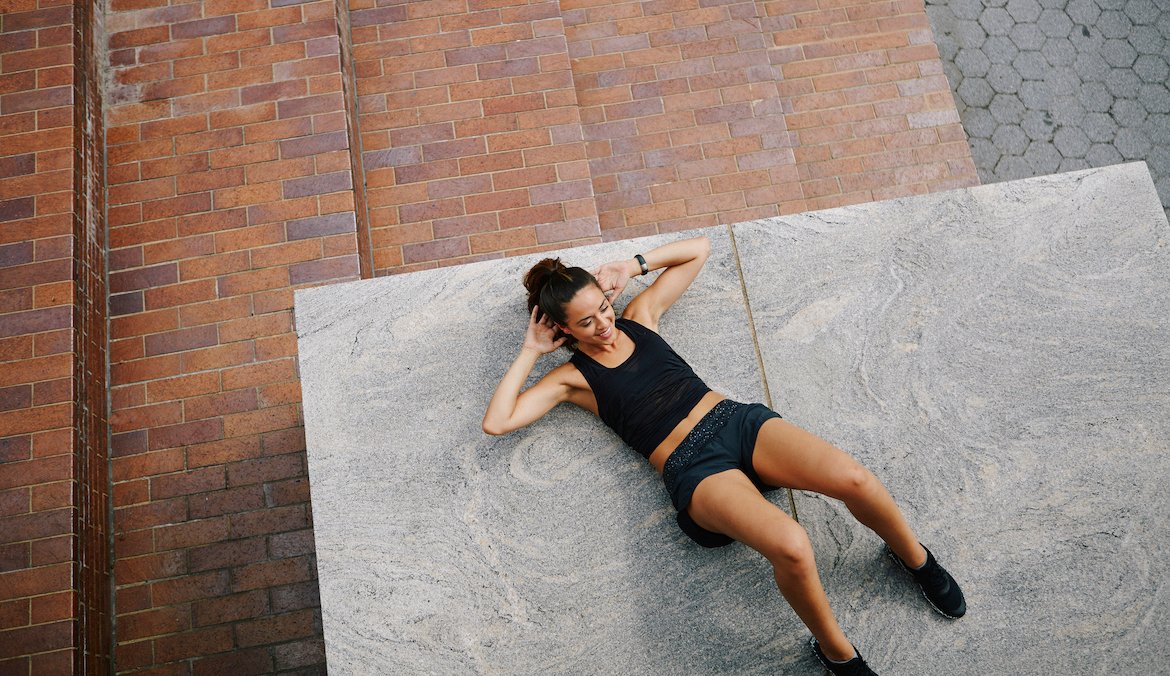I was one of the most inefficient gym goers. Every day, I would hop on the treadmill for an hour after work. The elliptical is a low-impact cardio machine that can be a great workout. However, I would rather zone out and watch TV than use it to its fullest potential.
You’re sweating a lot (and putting in a lot of time) when you go to the gym. You probably expect to see big results at the gym. No matter how hard you work, you may not see any results. What can you do then?
It can be as simple as a small change to transform a boring training session into a truly effective one. Three fitness experts share six simple tweaks they have found to make a big difference in the results you get from your workout.
- Grab an extra set weights
Most of us, especially beginners, are afraid to lift heavier loads. It’s a good idea to start light and work your way up. However, too-light weights may not challenge you enough.
When you get to the end of your set, you shouldn’t find it easy to complete, says Zoe Shipton CPT, fitness manager for Crunch in New York City. If it isn’t uncomfortable, you haven’t made the changes you want. “Growth comes from discomfort.”
It can be difficult to choose dumbbells for a class. Will the five-pounders make it too easy or will the eight pounders make it too intense? Paige Moe is an instructor at CorePower, and a founding Coach of the studio’s new Strength X Class that uses heavier weights. She has a clever solution: Keep a few sets of weights near your mat, so you always have options. She says that if you feel like your booty is burning after a circuit with heavy weights and then set them down, you will be in control. If you don’t feel that the lighter weights are enough for an exercise, you can go up a level. You can get more out of each set by having options (especially since some parts of your body may be stronger than others).
- Recap a few benchmarks
Variety is key to a well-rounded workout. It’s good to repeat the same exercises over and over. Shipton says, “It can get boring doing the same movements every now and then. But that’s how we can measure progress over time.”
You may find that you are able to do more repetitions without feeling fatigued, or you have a newfound ease with something you used to feel awkward about (hello mountain climbers!) Now, you can do it with greater ease. Repeated repetitions will allow you to appreciate gains in strength that you might otherwise miss. Tracking your workouts is a smart way to see your progress from week to week. You will be motivated to continue your workouts if you mark off small milestones along the way.
- Concentrate less on the appearance of your movements and more on their feel
All of us know that every body is different. It’s tempting to mimic the movements of the instructor or the guy next to you on the mat (even if, you know a foot higher). Amy Jordan, the founder of WundaBar, says, “Think about how you are doing things rather than, for example, trying to achieve a particular external shape, external range of motion or distance.” If I focus on going deeper within my body and skin, I’ll get better results.
She has found that clients are often concerned about questions like: Am I going deep enough in my squats? Are my arms held high enough? She says, “It doesn’t matter what you look like or the shape that you make. It’s not important.” What matters is your connection to your body.
Instead of looking at the mirror, concentrate on the muscles that you can feel working and the areas where you are feeling the heat. Spoiler alert! You’ll probably find that using this method makes your body burn more than before. Jordan adds, “If you are in proper alignment, working with your breath, working with intention and working slowly, then you will find that you can do so much more.” “I can make anyone shake in less than 30 seconds.”
- Be sure to stay on the correct surface
All exercise mats are not created equal. There’s a good reason for that. Some people use mats with a lot of squishy material for restorative Yoga. Moe says that if you jump on it, you will be wobbly. She says that a standard yoga mat has a thickness of four to five millimeters. If you use something too thin, for example, in a Pilates class your hips and knees may dig into the ground because there is not enough cushion. If you do not have the proper foundation, you will find yourself holding back to avoid injury, which means you won’t be able to get the full benefit of your workout. - Rest periods
Don’t let your hard work go to waste during your breaks, whether you are doing intervals or strength training. Don’t overstay your breaks.
6. Fitness professionals can help you achieve your fitness goals
There’s nothing worse than not making the progress that you believe you should. Shipton recommends that you run your goals past an expert.
She says that if someone gets an hour with a professional fitness trainer to discuss realistic expectations for achieving a goal, and the time it will take to achieve that goal, they’ll be more likely to stick around the gym. Take advantage of the free consultations that many gyms provide for new members with a personal coach. No matter if you have big or small goals, the first thing to do is learn what’s expected.





